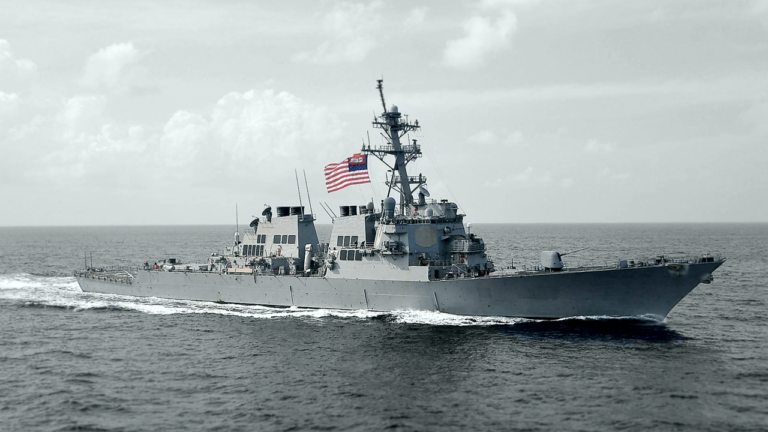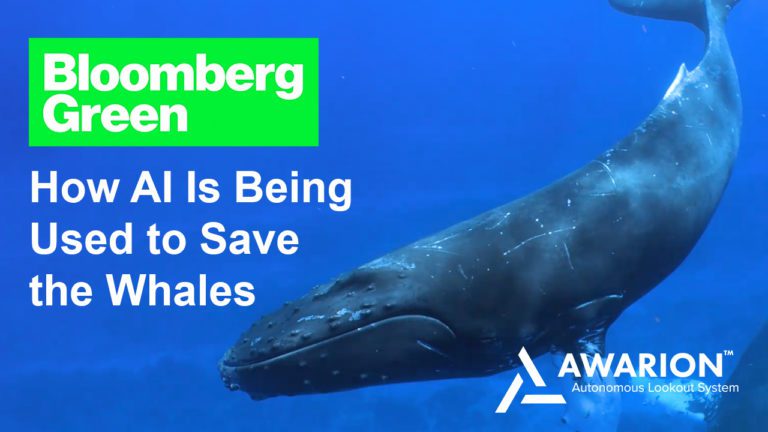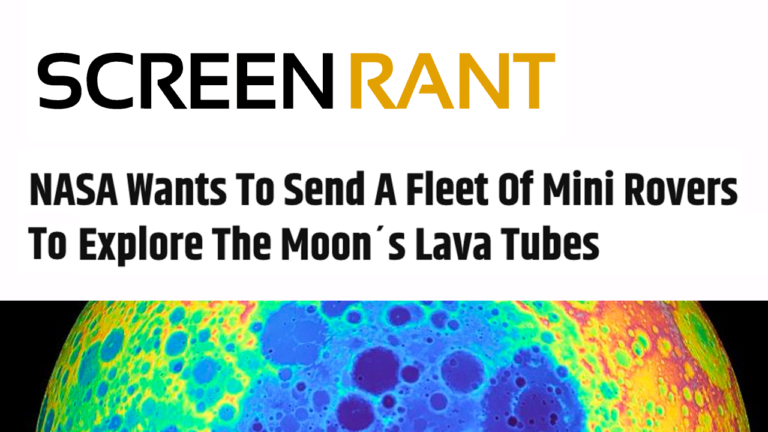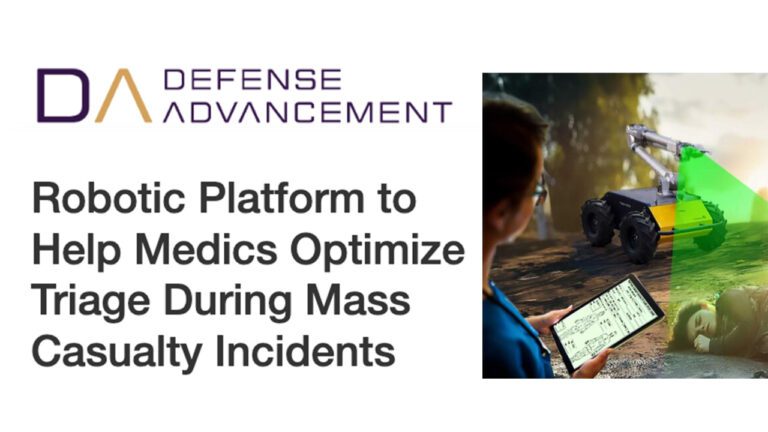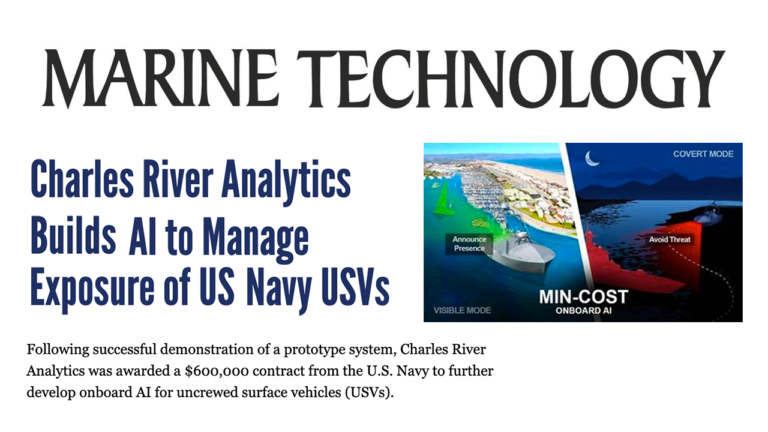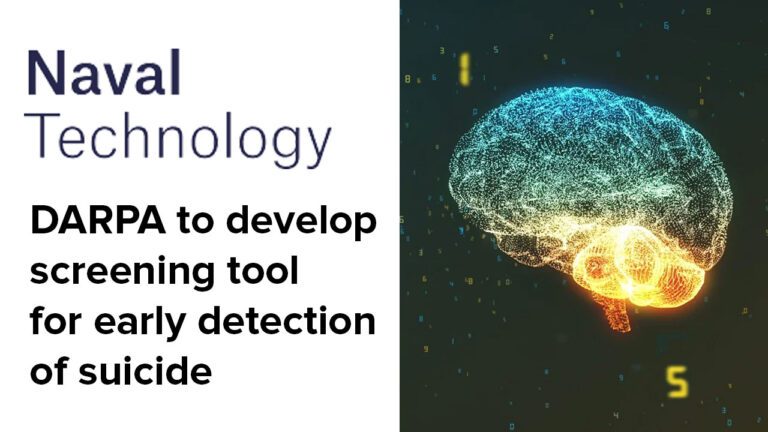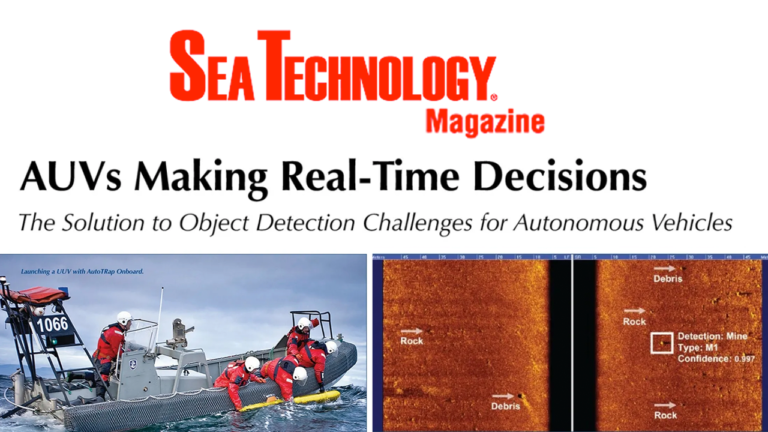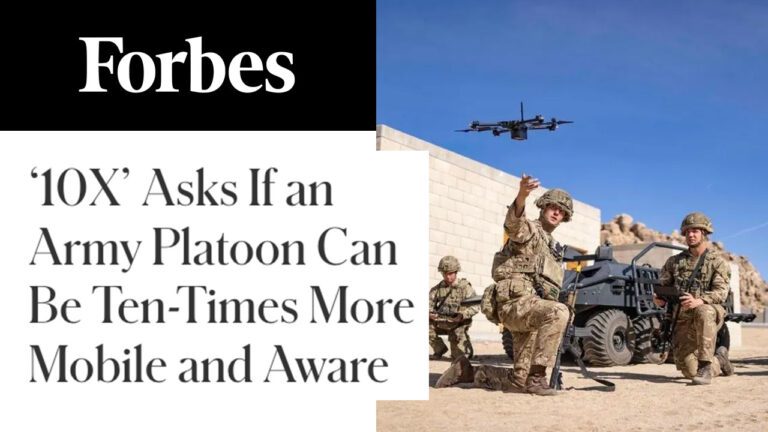ROBOTICS AND AUTONOMY
Out of the lab and into the field
Delivering multimodal sensing, perception, and adaptive intelligence for individual and collaborative missions
Our high-performance capabilities enable both single platform and collaborative autonomy missions. We develop proof-of-concept demonstrations, highly capable prototypes, and innovative products for a wide range of autonomy applications. Our work is supported by partners, end users, and distinguished sponsors through countless government technology development programs.
We will be at AUVSI XPONENTIAL 2025!
We will be at XPONENTIAL 2025!
Autonomy you can trust
Our leading-edge collaborative and adaptive autonomy technologies turn uncrewed vehicles into trusted members of your human-machine team on the ground, at sea, in the air, and in space. Our scientists and engineers combine their expertise in explainable AI, machine learning, neural networks, and computer vision to build a unified framework for future autonomous systems.
Core R&D
Our scientists are thought leaders, with decades of research experience in AI, machine learning, cognitive science, and human factors. We solve the DoD’s hardest problems; we can help you solve yours.
Explainability
True autonomy will be widely adopted only when it can earn your trust. Our explainable AI promotes trust by providing human-understandable reasons for system outputs.
Commercialization & Transition
We’ve transitioned our leading-edge R&D into fielded systems and incorporated it into our commercial products. We can help you do the same.
Autonomy Capabilities
Get rid of the joystick and move beyond teleoperations to true autonomy. For mission success even when communications fail, add our autonomy platform and infrastructure components to your existing systems.
Situational Awareness
Our autonomy platform and infrastructure components bring SA-enabled autonomy to your existing systems. Your robots and uncrewed vehicles will accurately perceive threats and correctly assess alternative courses of action—even on extended missions with limited communications.

PAVE
An Awarion®-powered AI system to improve USV harbor escort missions
Awarion®
See what radar can’t, with AI algorithms that analyze electro-optical and IR image data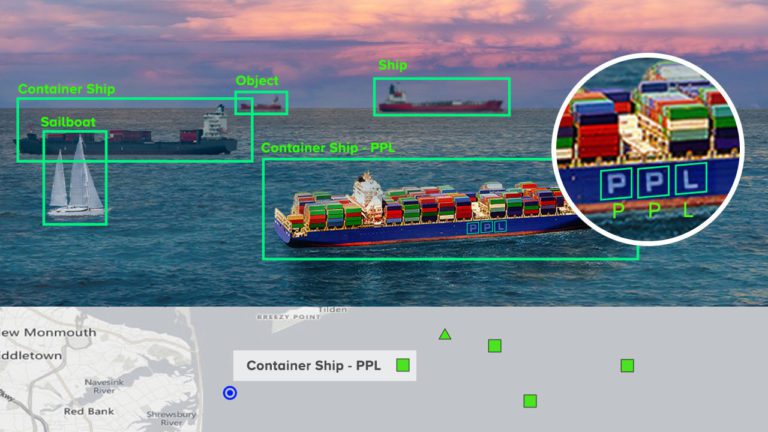
A-TEAM
Maritime object identification and optical character recognition for situational awareness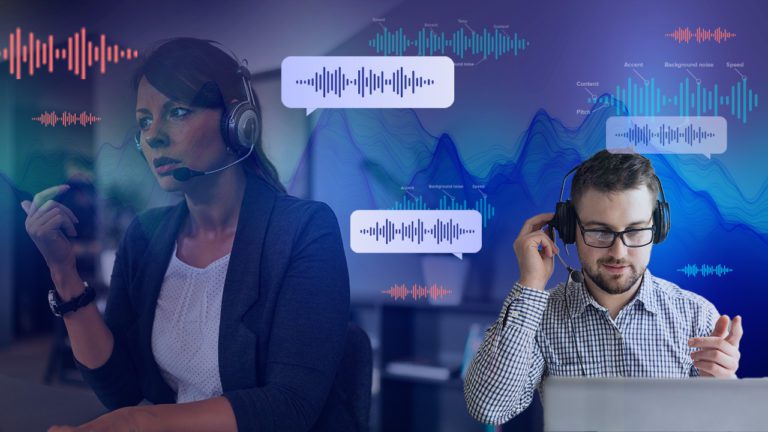
COCKTAIL
A tool to effectively help air traffic controllers communicate in noisy environments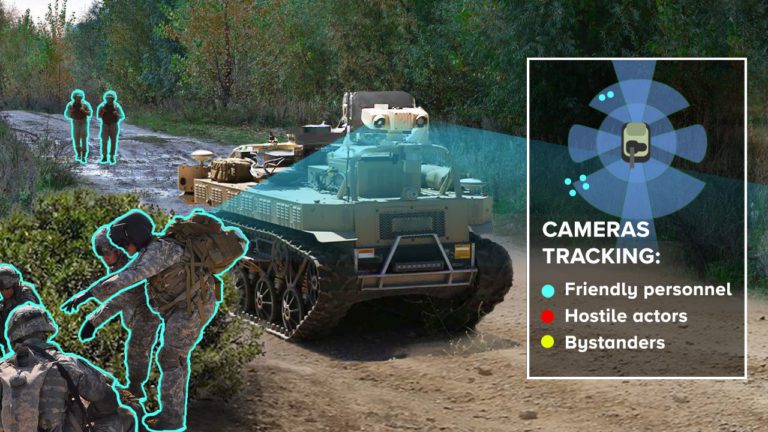
ASIMOV
A multicamera system that ensures safer operations using machine learning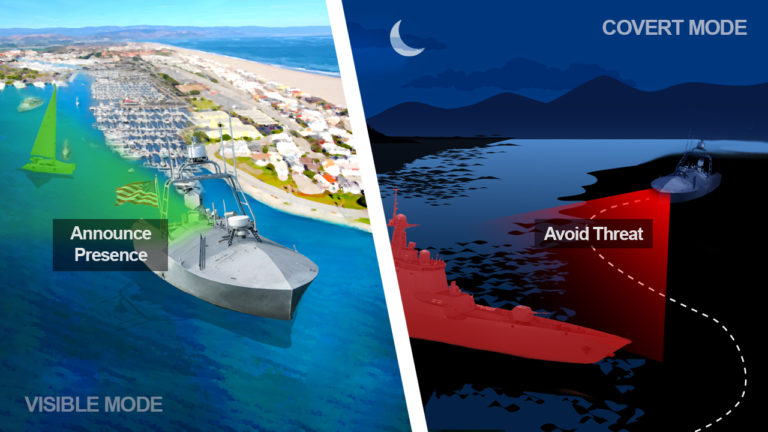
MIN-COST
Onboard AI for uncrewed surface vehicles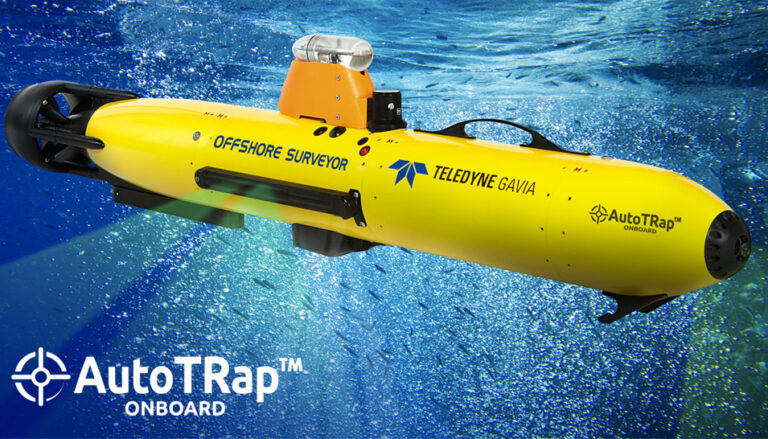
AUTOTRAP ONBOARD
Give your AUVs the capability of a real-time, autonomous response to sonar data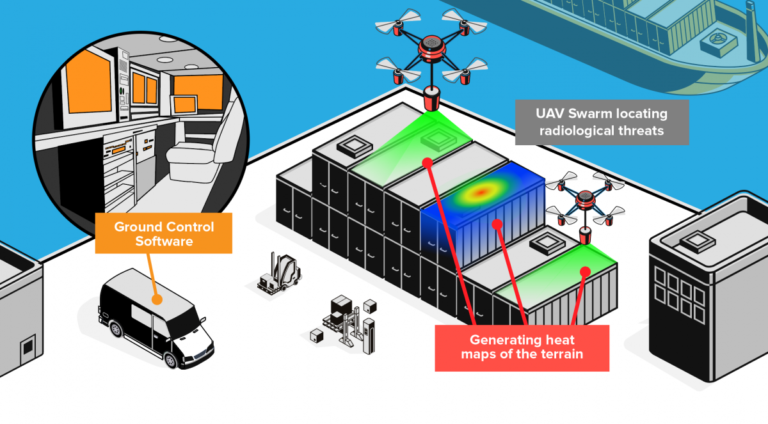
MIDNIGHT
A system that uses UAV swarms to explore unknown terrain and locate nuclear threats autonomouslyNavigation and Localization
A key problem for an autonomous mobile robot is determining its position in its environment. We provide high-performance, cost-effective solutions by using innovative algorithms to make the most of data from low-cost system components.
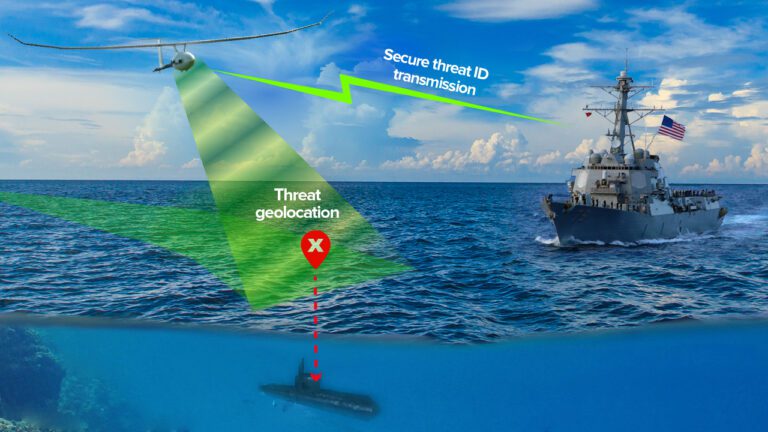
MAGNETO
A system to detect and classify submarines using their magnetic signals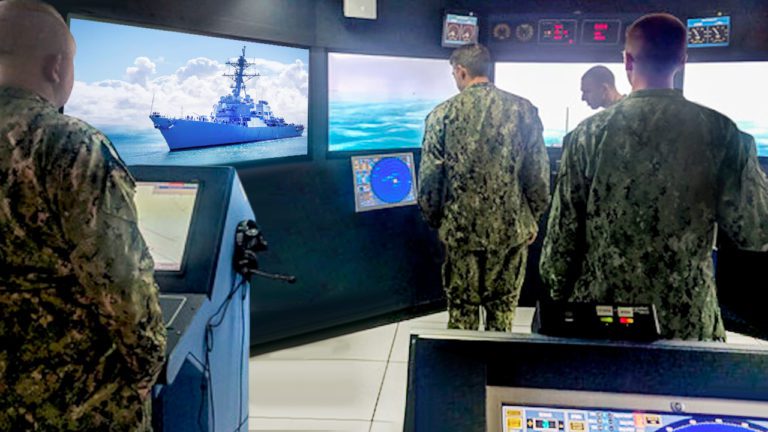
KWYN® MARLINSPIKE
A virtual marine navigation training system
MIDNIGHT
A system that uses UAV swarms to explore unknown terrain and locate nuclear threats autonomously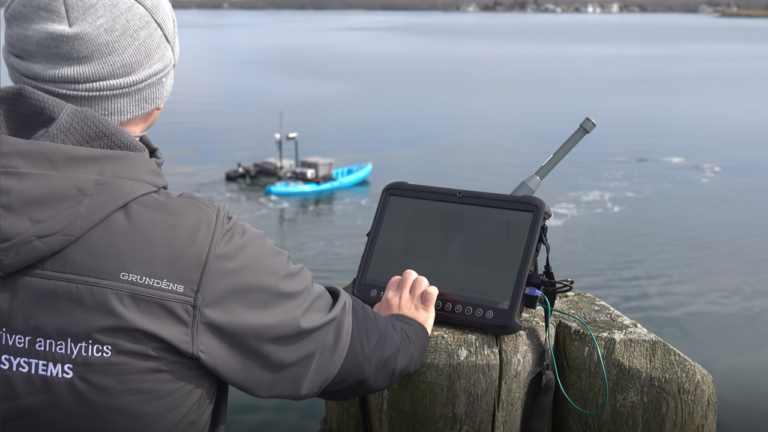
MOANA
Turn any kayak into an autonomous data collection vehicle for environmental research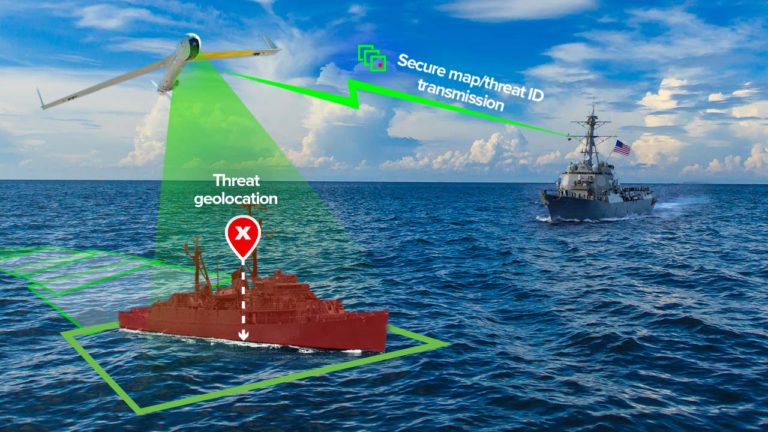
ROMAN
Real-time sea surface maps and maritime object detection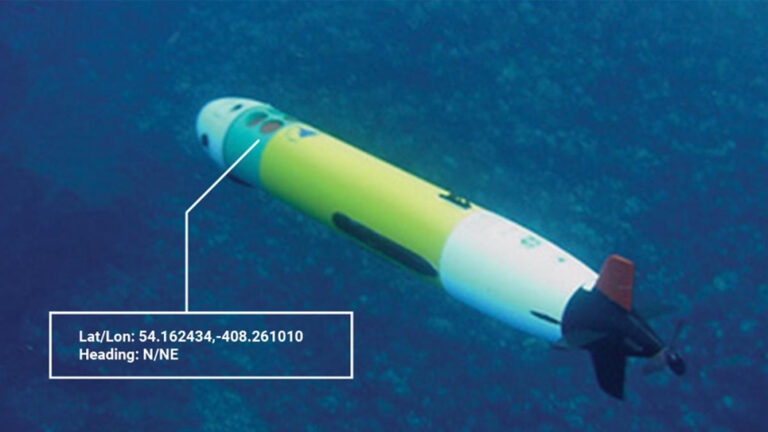
CAMINO
Navigate underwater with high accuracy and low cost—without GPSSwarm Behaviors
When robots perform high-risk tasks—such as casualty extraction, scouting, and explosive device countermeasures—poor coordination can endanger the personnel the robots are supposed to protect.
How well do your robots work together? Our system components ensure that robots and swarms safely and efficiently achieve their objectives, by employing collective intelligence and robot-to-robot communication.
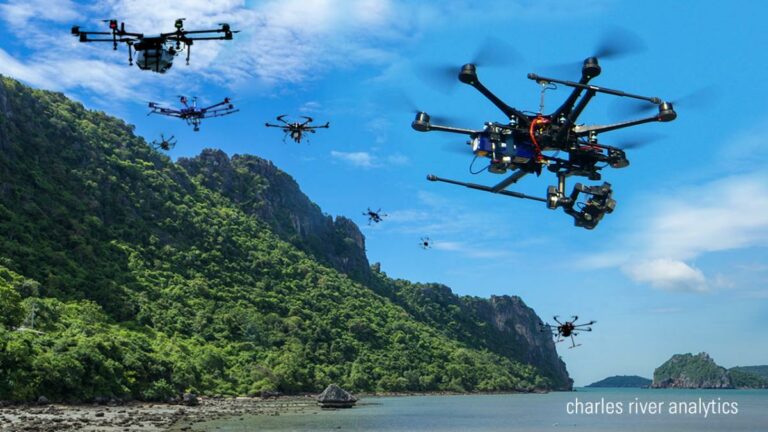
SATURN
Provide heterogenous swarms with resilient behaviors for urban operations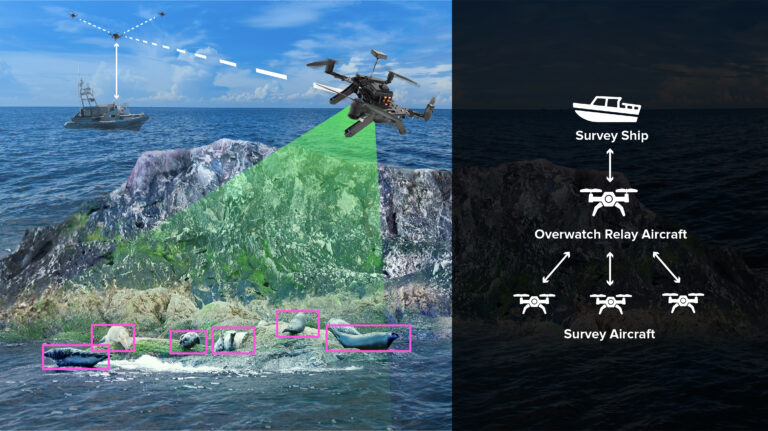
SOUSAPHONE
Conduct wildlife surveys in dangerous and hard-to-reach environments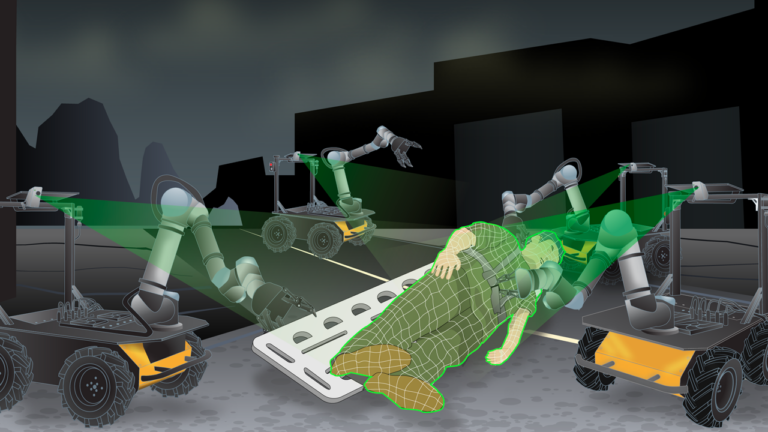
BRACE
Keep medics safe and evacuate casualties using collaborating, autonomous robots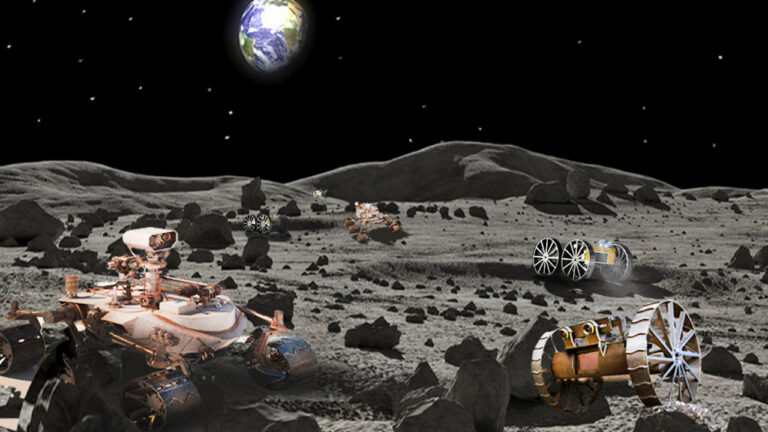
ASTER
A system to explore cooperation and behavior allocation of autonomous teams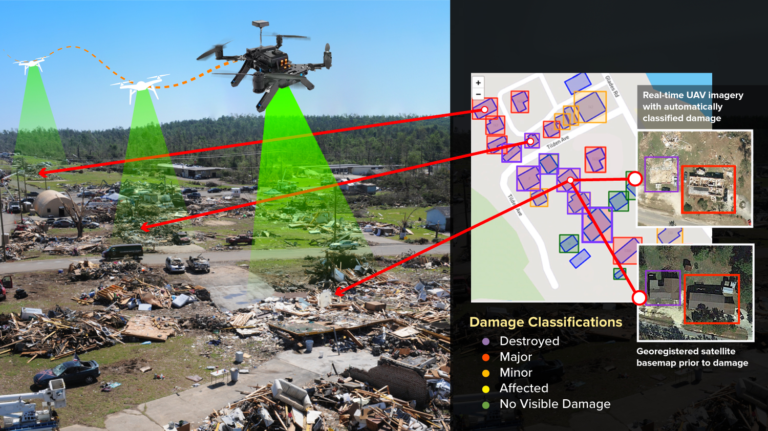
SCOUT
Sensing technology that detects and characterizes damage from natural disasters using swarms and smart sensorsHuman-Robot Collaboration
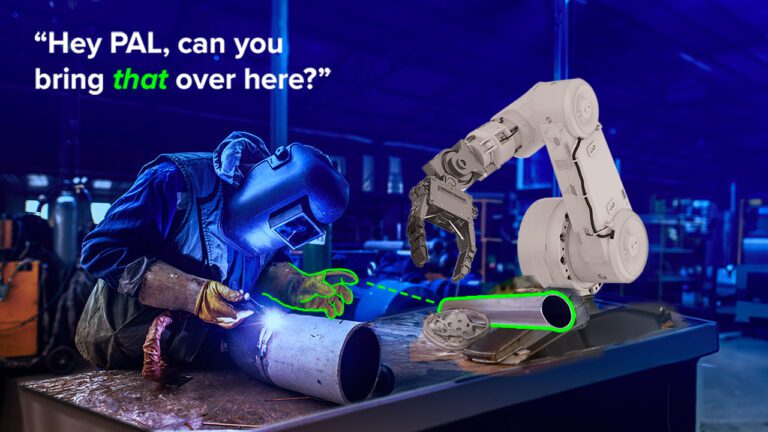
PAL
Human-robot interface to build trust and interpret speech, gestures, and gaze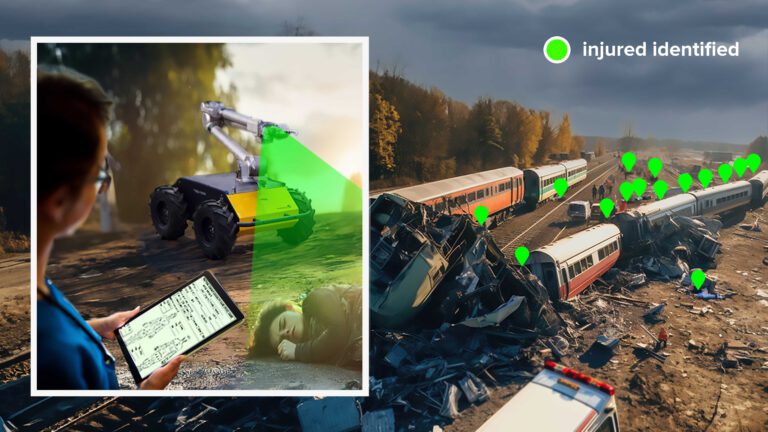
POINTER
A robotic medical triage system that aids medics during a mass casualty incident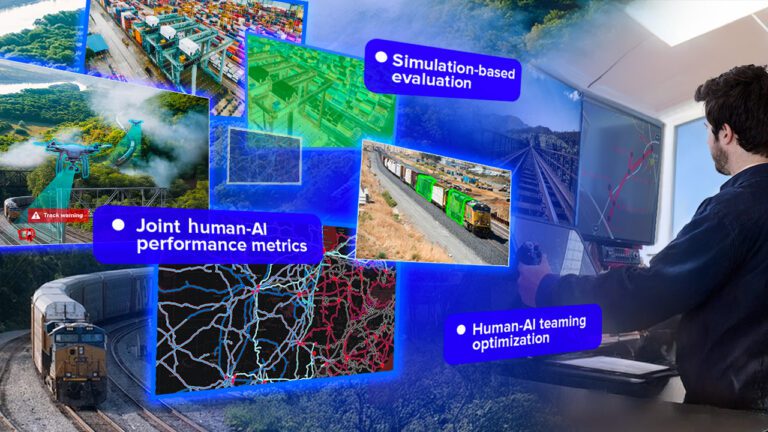
ABOARD
A testing framework to improve railroad safety through human-AI interaction analysis
ASIMOV
A multicamera system that ensures safer operations using machine learning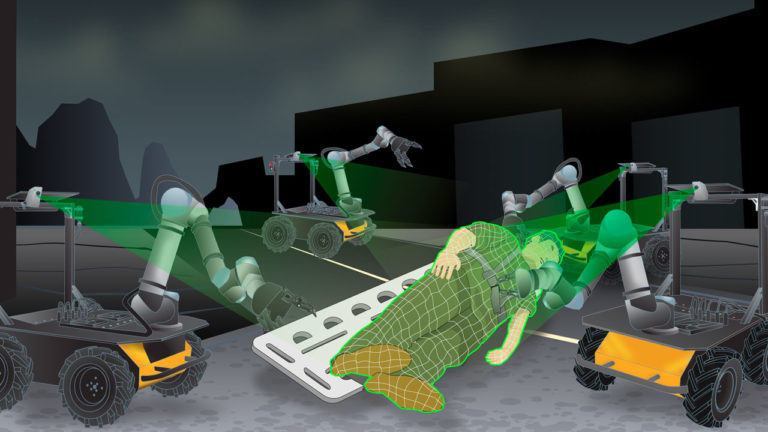
BRACE
An autonomous robot collaboration toolkit to keep combat medics safe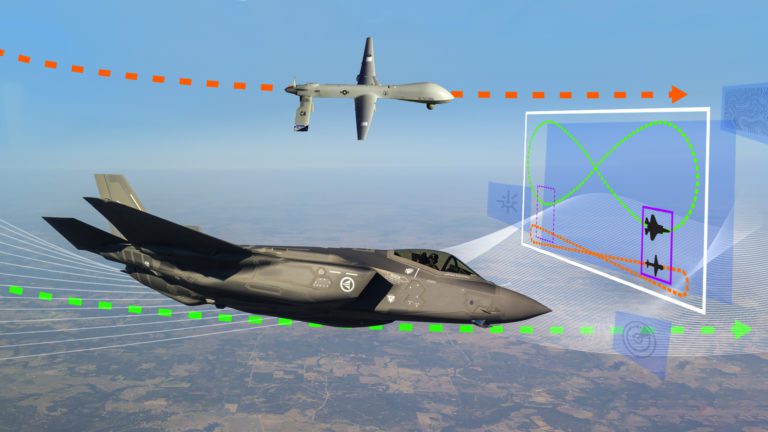
TITAN
An enhanced communication prototype for crewed–uncrewed teaming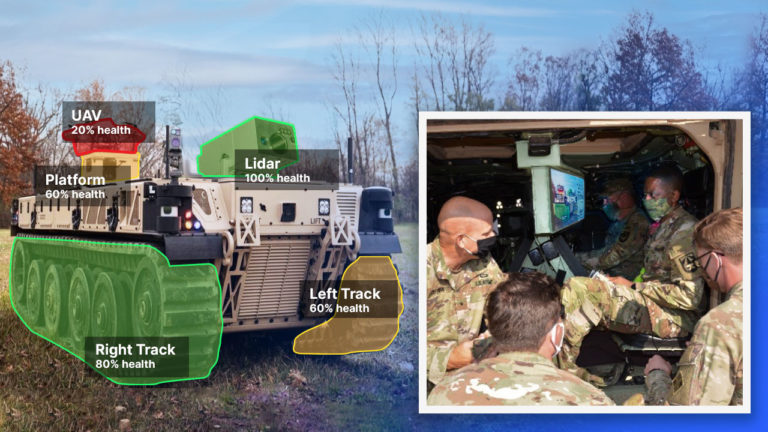
RAPS
An AI-based maintenance system that keeps robotic combat vehicles mission ready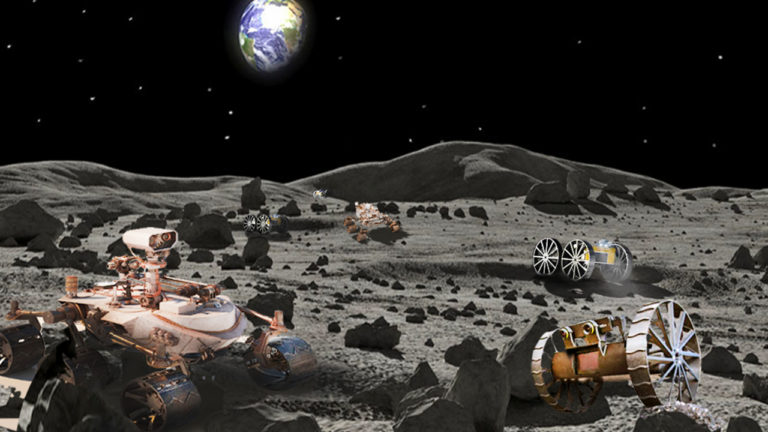
ASTER
Adapt to changing needs and increase resilience to vehicle failureResilient Systems
When faced with unknowns—new environments, emerging complexity, limited communications—autonomous systems must adapt to achieve their goals. Charles River’s robust autonomy algorithms and software make systems resilient by combining sensing and perception of dynamic environments with mission-level understanding and decision making.
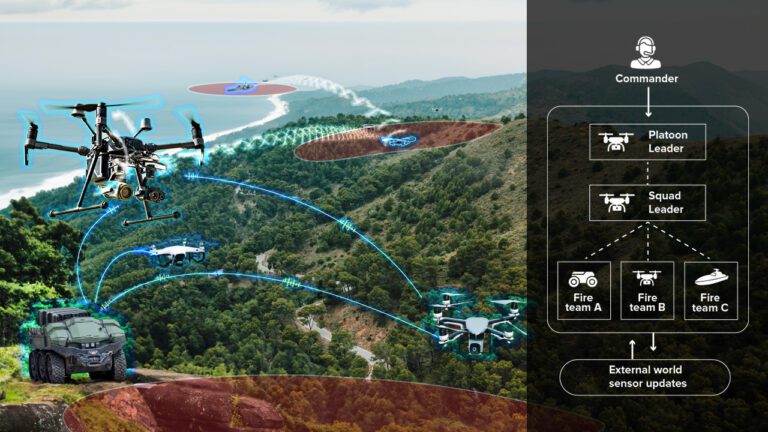
HIEROPHANT
A tool integrating hierarchical protocols with command-and-control of uncrewed systems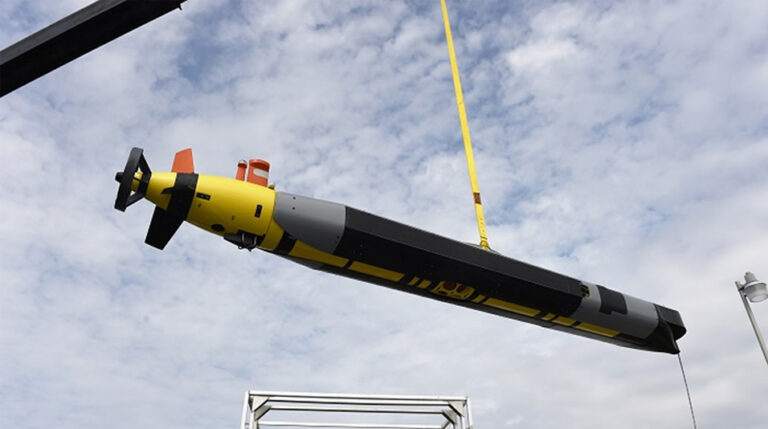
PRINCESS
Enable autonomous adaptation of software to changes in its environment.
RAPS
An AI-based maintenance system that keeps robotic combat vehicles mission ready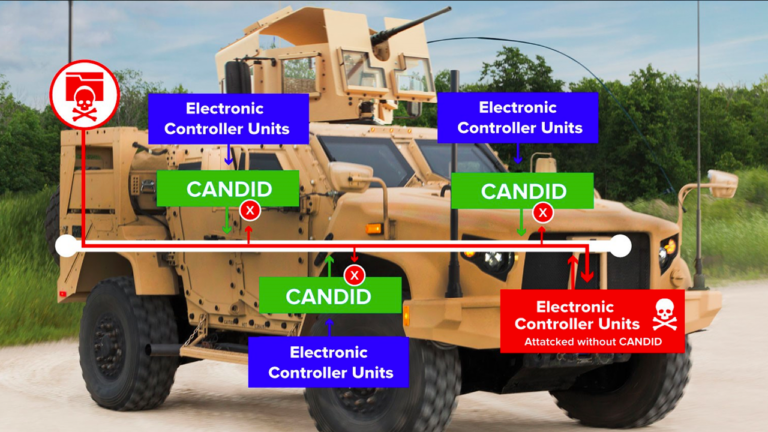
CANDID
Detect, mitigate, and prevent cybersecurity attacks on military ground vehicles.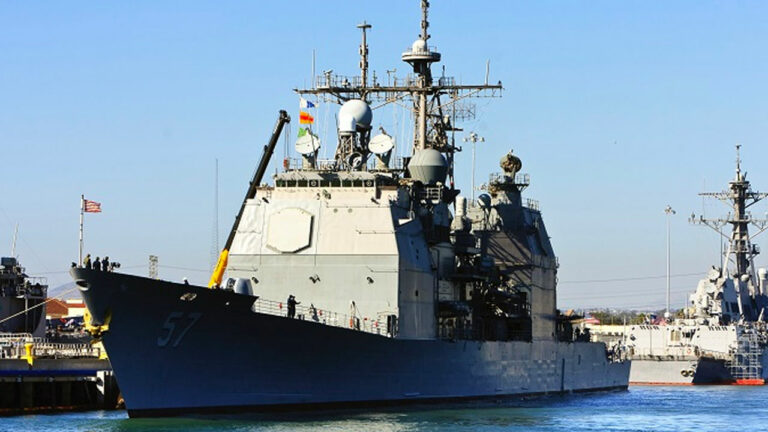
DATEM
Monitor health and status of critical systems with machine-learning technologies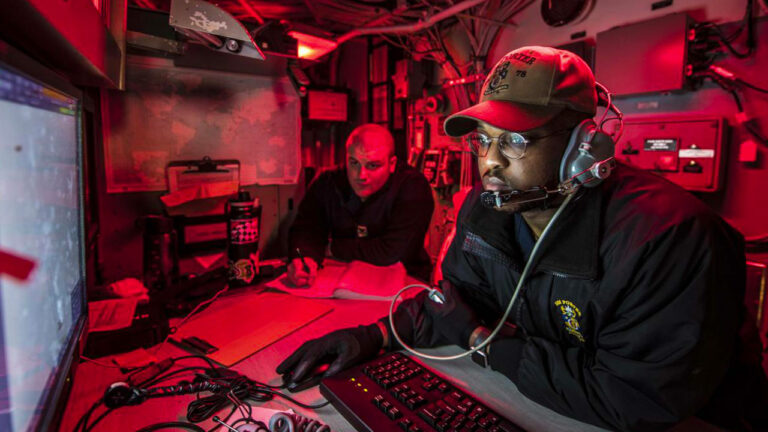
SNAPPR
Optimize preventive maintenance with real-time estimates of operational ability
ASTER
Adapt to changing needs and increase resilience to vehicle failure